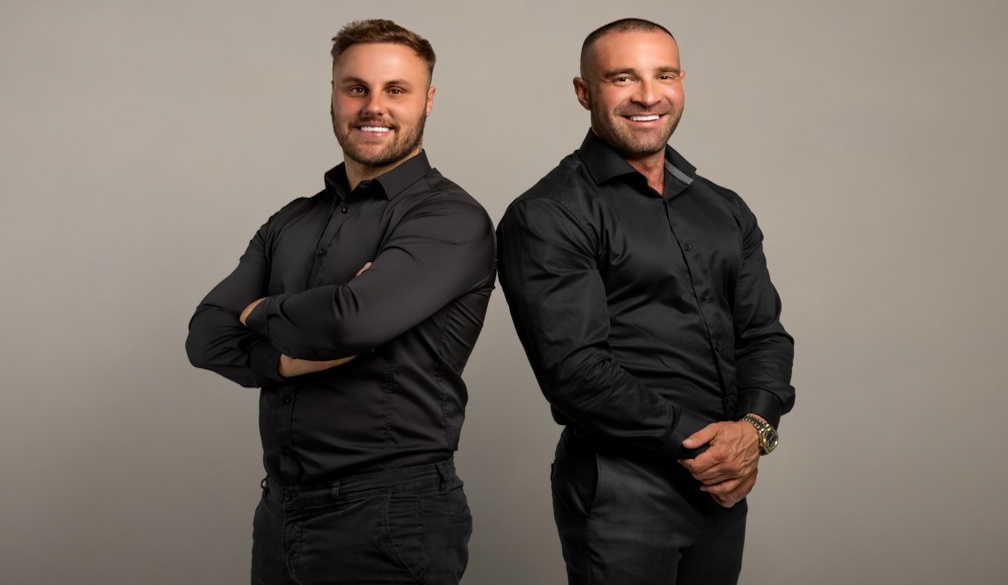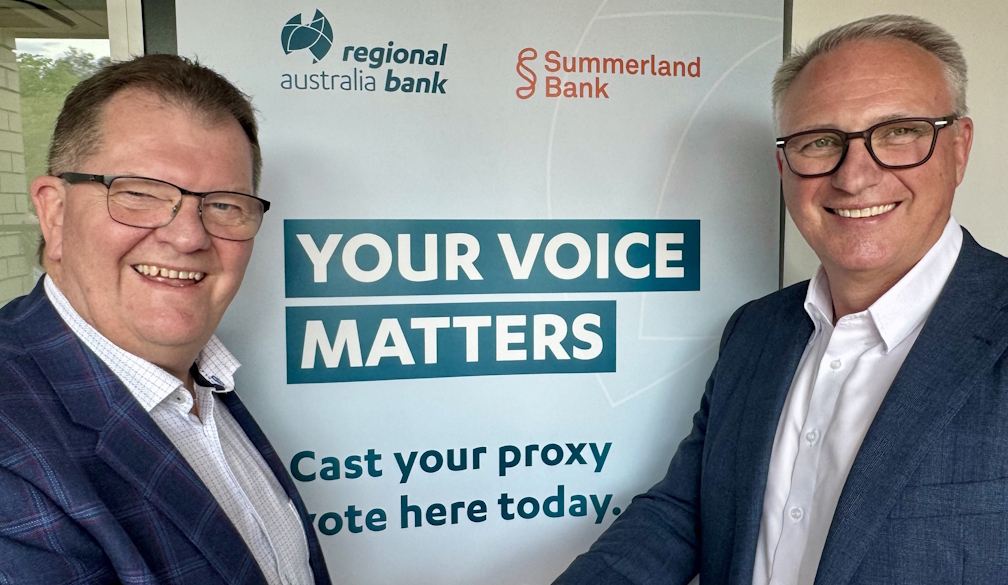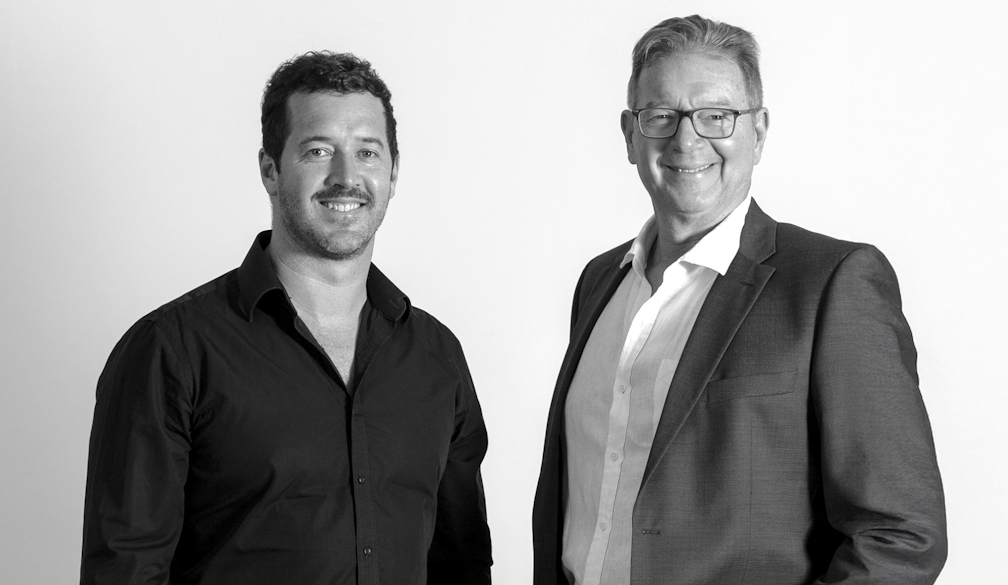To become a fairer nation, Australia needs to set national inequality targets
- Written by Carl Rhodes, Professor of Business and Society, University of Technology Sydney
“Income inequality hits a 20-year high[1]”. “Housing is less affordable than ever[2]”. “The staggering truth about wage inequality in Australia[3]”. Those are just some of the headlines we’ve seen this year about new research on growing inequality, which often hits younger Australians hardest.
The United Nations tracks countries’ efforts to reduce inequalities[4]. According to its 2025 report[5], Australia’s performance on cutting inequality is “stagnating”.
To do better, we need clear national targets to measure progress, just as we have for cutting carbon emissions[6] and Closing the Gap[7] for Aboriginal and Torres Strait Islander people.
Here’s where I’d recommend we start – because we risk real social and economic consequences if we don’t do more.
4 areas of inequality to target
The following four measures are already tracked. Together, they could be used by the federal government to create national economic equality targets, with regular public reporting on whether we’re making any progress.
1. Australians living in poverty
The Organisation for Economic Co-operation and Development (OECD) defines the poverty line[8] as less than half the median household income.
The most recent data shows around one in eight (12.6%)[9] of Australians live below this line. That’s higher than the average for other OECD nations (11.9%), though not as bad as some others, including Spain, the United States and Japan.
2. Share of the nation’s wealth
The distribution of wealth by group is a strong measure of inequality. At last count[10], the top 20% of Australian households held 64% of all wealth, while the bottom 20% had just 1%.
The top 1% of richest Australians are also getting cumulatively richer; they’re estimated to own almost 24%[11] of all Australian wealth. But that’s still better than in the US, where the report found the top 1% of Americians[12] owned 35% of wealth.
3. Home ownership rates
Home ownership has long been a measure of economic success in Australia. Over the past generation, home ownership rates have declined, especially among younger Australians, though older generations maintain higher ownership levels.
In 2006, 70%[13] of Australians owned or were buying their own home. That had fallen to 66% of Australians[14] in 2021, the latest figures we have – and is projected to fall to around 63% by 2040[15].
While the federal government has tried to boost young people’s ability to buy a new home with its new 5% deposit scheme[16], both economists and real estate agents expect it to drive up house prices[17].
The average home already costs more than A$1 million[18].
Read more: From today, all first-home buyers can apply for the 5% deposit scheme. Here's what's changing[19]
4. Income and wealth measures
An economic measure called the Gini coefficient[20] measures inequality on a scale from 0 (if everyone had the same income or wealth) to 1 (if only one person owned all the income or wealth).
In some good news, Australia’s income Gini[21] score improved slightly to 0.307 in 2023[22], down from an all-time high of 0.321 in 2022.
But we’re doing worse on wealth distribution. In 2022, Australia had the 20th highest level[23] of wealth inequality among the 29 OECD countries for which data was available.
Even unmet targets can spur change
In 1987, then prime minister Bob Hawke declared[24]: “By 1990, no Australian child will be living in poverty.”
Hawke’s goal was never met. It probably never could have been. So are economic justice targets pointless?
Years later, Hawke expressed regret[25] about his promise – and admitted he’d gone off script[26]. His speech had actually read: “no Australian child need live in poverty”.
But according to peak welfare group the Australian Council of Social Service (ACOSS), his public commitment made a difference. ACOSS says[27] the Hawke government’s child poverty reform policies “reduced child poverty by an extraordinary 30%”.
A 1999 research paper[28] backs that up. It found a “dramatic one-third drop” in child poverty between 1982 and 1995-96. This was “largely as a result of the very substantial increases in government cash payments to low-income families with children”, reflecting reforms introduced by the Hawke government[29].
Why bother with targets?
Just this week, Minister for Indigenous Affairs Malarndirri McCarthy was grilled in Senate Estimates[30] over missed Closing the Gap targets.
While too many targets are not being met[31], there have been some improvements. McCarthy said she’s now considering clearer funding arrangements and potentially even penalties for states failing to help reach the targets.
Climate targets[32] have been fiercely debated for years precisely because they signal where the economy is heading.
Yes, targets can fall short. But they also create transparency, accountability and momentum for change – which we currently don’t have on economic inequality.
In a liberal democratic society like Australia, some level of economic disparity is inevitable. Without it, there would be no incentive or reward for hard work, innovation and entrepreneurship.
But how much inequality is too much? Right now, we’ve clearly gone way too far.
Excessive inequality isn’t just unfair, it’s socially and politically corrosive[33]. Around the world[34], inequality has fuelled[35] social instability, political divisiveness, reduced class mobility, falling life expectancy and racial scapegoating.
To deliver a fairer future for Australians, it’s time we set transparent targets for inequality – then commit to policies needed to meet them.
References
- ^ Income inequality hits a 20-year high (theconversation.com)
- ^ Housing is less affordable than ever (grattan.edu.au)
- ^ The staggering truth about wage inequality in Australia (www.theguardian.com)
- ^ reduce inequalities (www.un.org)
- ^ 2025 report (s3.amazonaws.com)
- ^ cutting carbon emissions (www.dcceew.gov.au)
- ^ Closing the Gap (www.closingthegap.gov.au)
- ^ the poverty line (www.oecd.org)
- ^ one in eight (12.6%) (povertyandinequality.acoss.org.au)
- ^ At last count (povertyandinequality.acoss.org.au)
- ^ own almost 24% (www.monash.edu)
- ^ top 1% of Americians (www.monash.edu)
- ^ 70% (www.aihw.gov.au)
- ^ 66% of Australians (www.abs.gov.au)
- ^ 63% by 2040 (www.ahuri.edu.au)
- ^ new 5% deposit scheme (theconversation.com)
- ^ drive up house prices (www.smh.com.au)
- ^ more than A$1 million (www.abc.net.au)
- ^ From today, all first-home buyers can apply for the 5% deposit scheme. Here's what's changing (theconversation.com)
- ^ Gini coefficient (www.abs.gov.au)
- ^ Australia’s income Gini (pursuit.unimelb.edu.au)
- ^ 0.307 in 2023 (www.abs.gov.au)
- ^ 20th highest level (www.abs.gov.au)
- ^ Bob Hawke declared (electionspeeches.moadoph.gov.au)
- ^ Hawke expressed regret (www.smh.com.au)
- ^ gone off script (www.smh.com.au)
- ^ ACOSS says (www.acoss.org.au)
- ^ 1999 research paper (www.researchgate.net)
- ^ introduced by the Hawke government (www.acoss.org.au)
- ^ Malarndirri McCarthy was grilled in Senate Estimates (nit.com.au)
- ^ too many targets are not being met (theconversation.com)
- ^ Climate targets (theconversation.com)
- ^ socially and politically corrosive (onlinelibrary.wiley.com)
- ^ Around the world (ww1.econpol.eu)
- ^ fuelled (www.annualreviews.org)
Authors: Carl Rhodes, Professor of Business and Society, University of Technology Sydney







